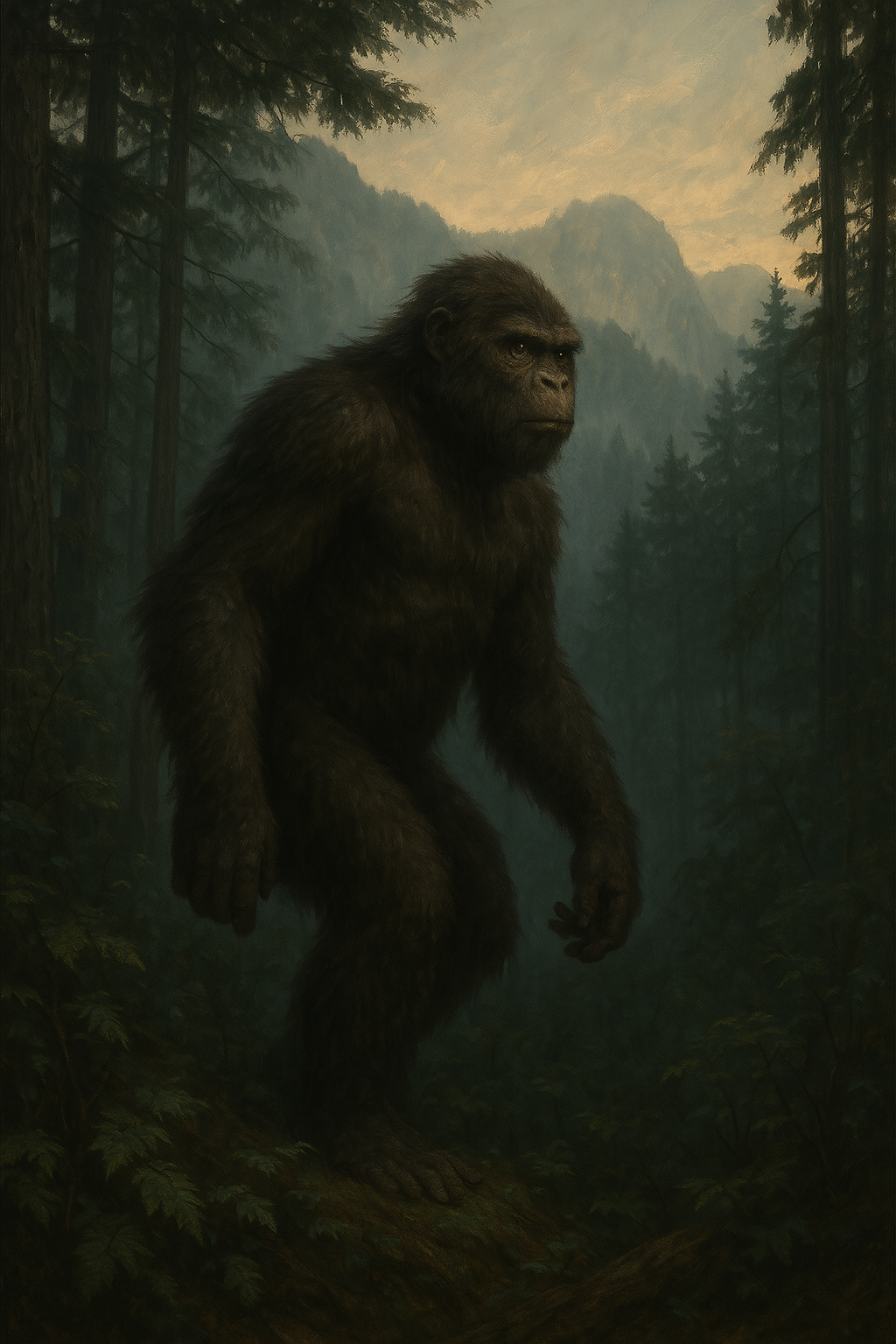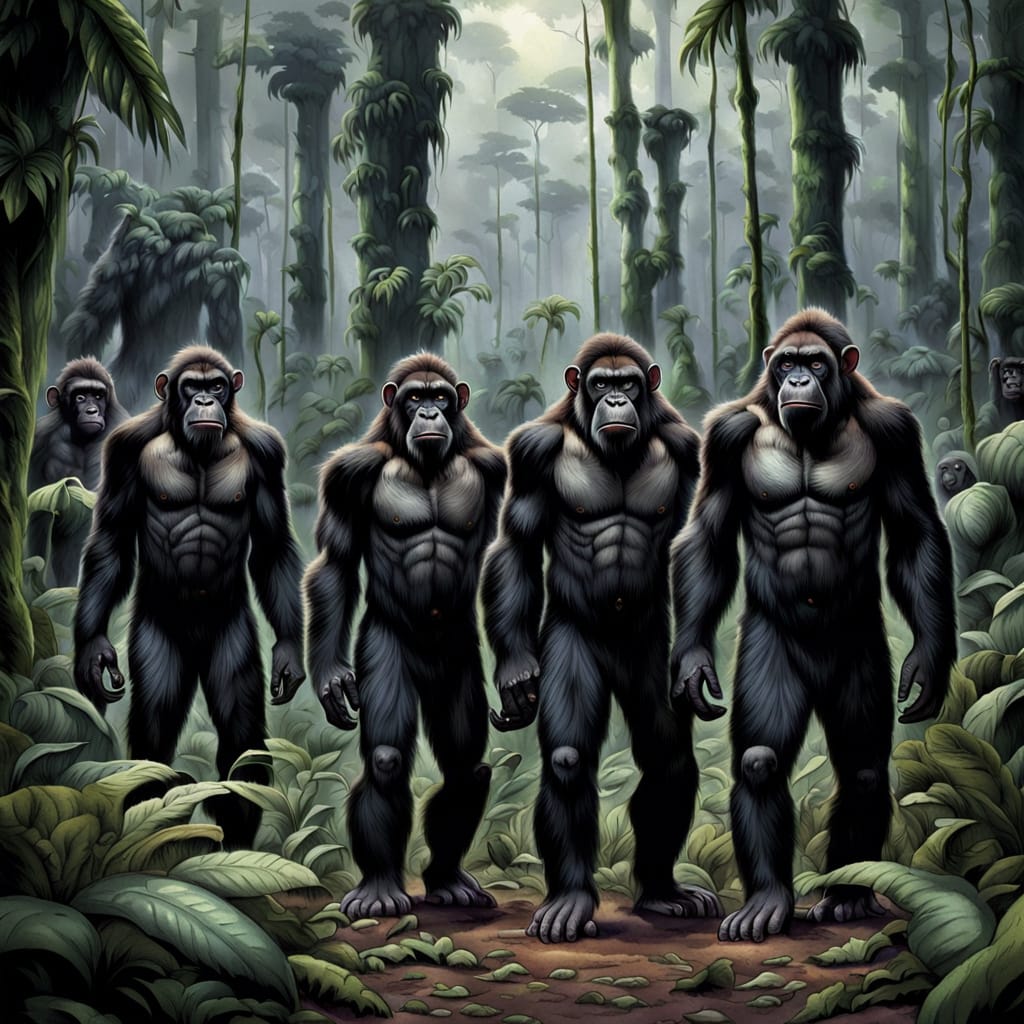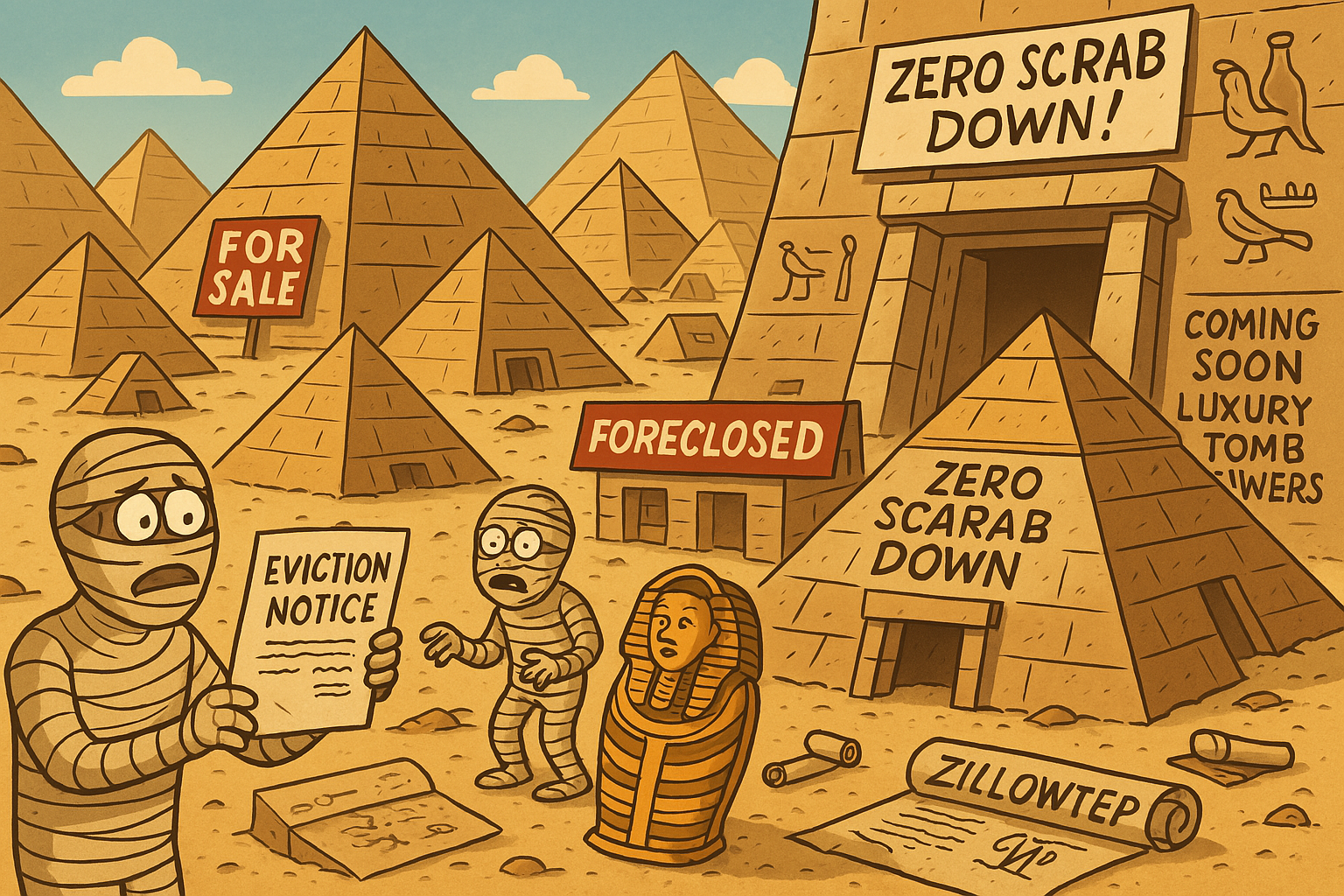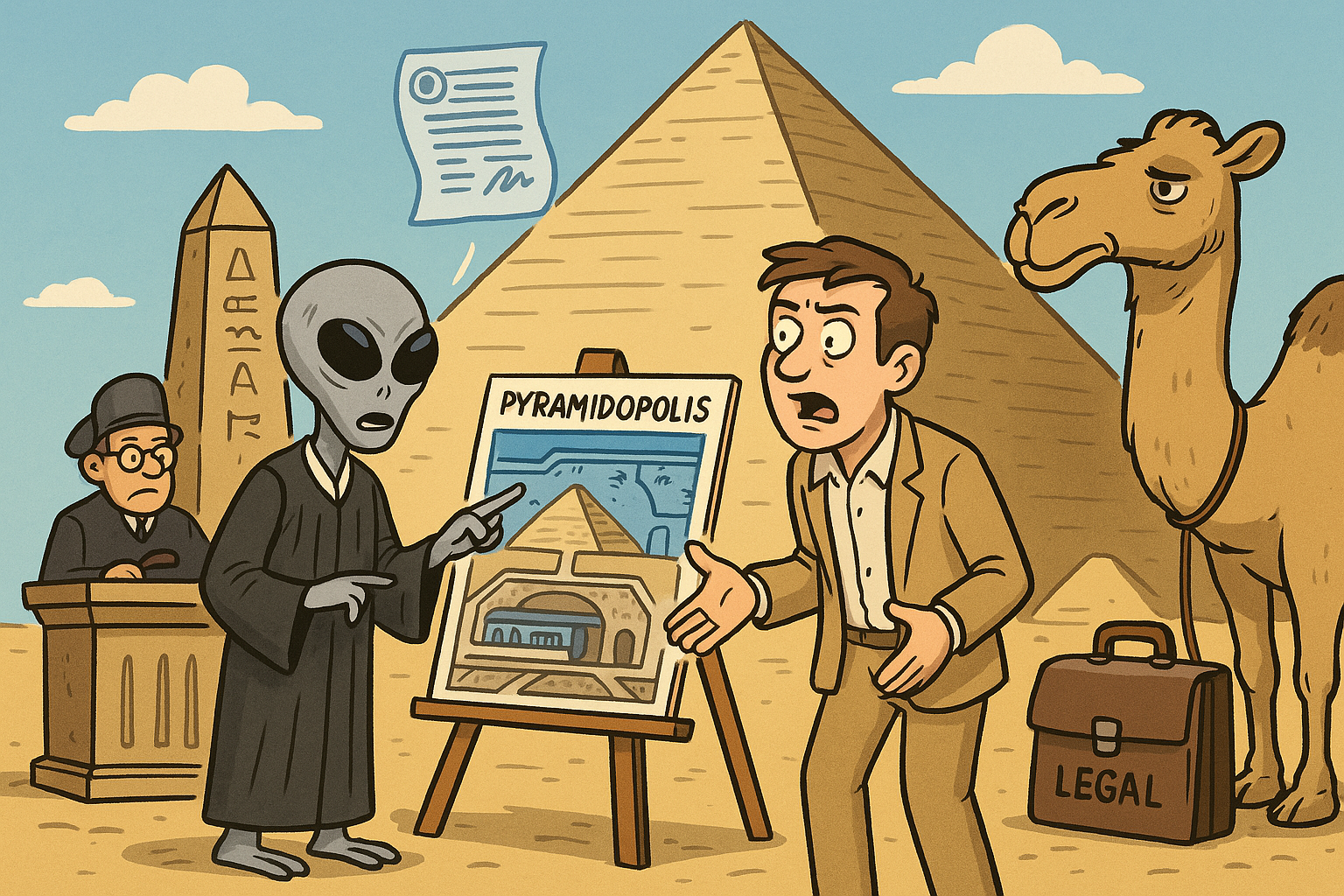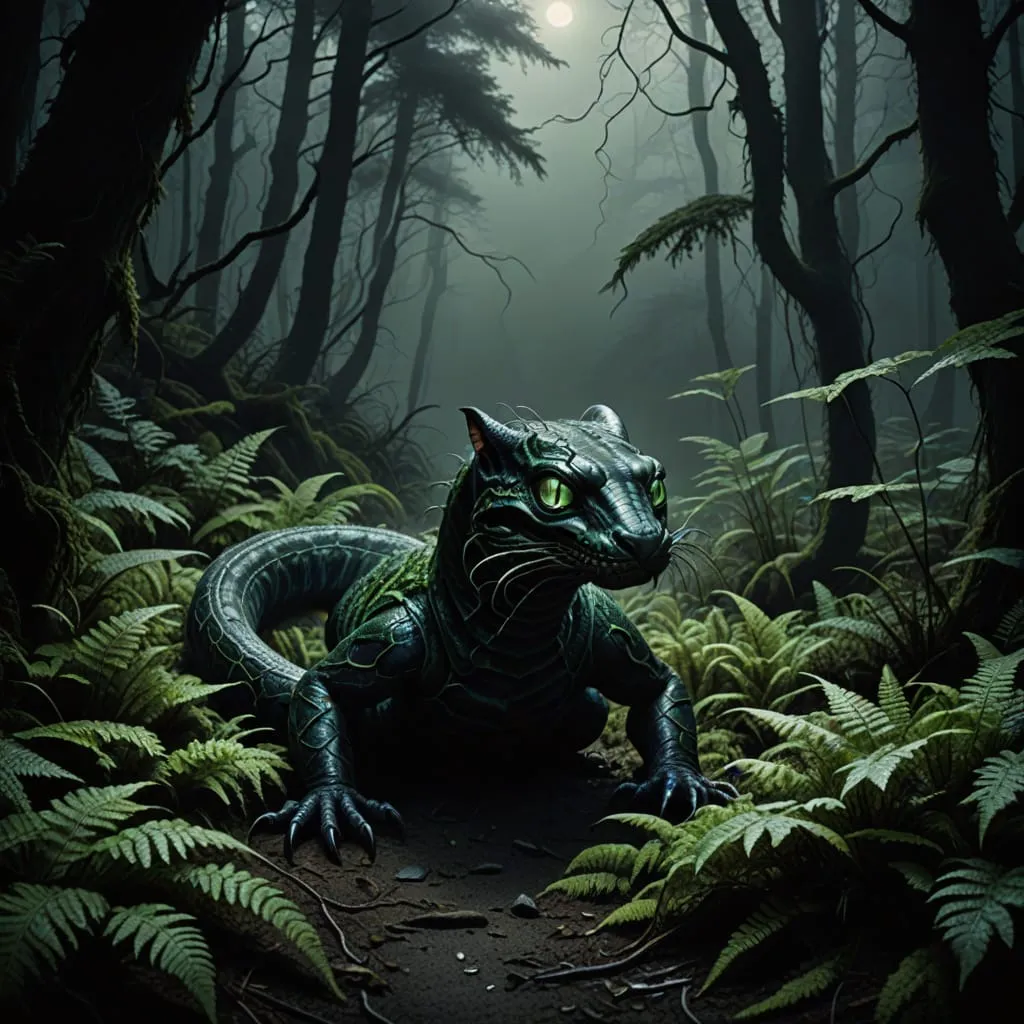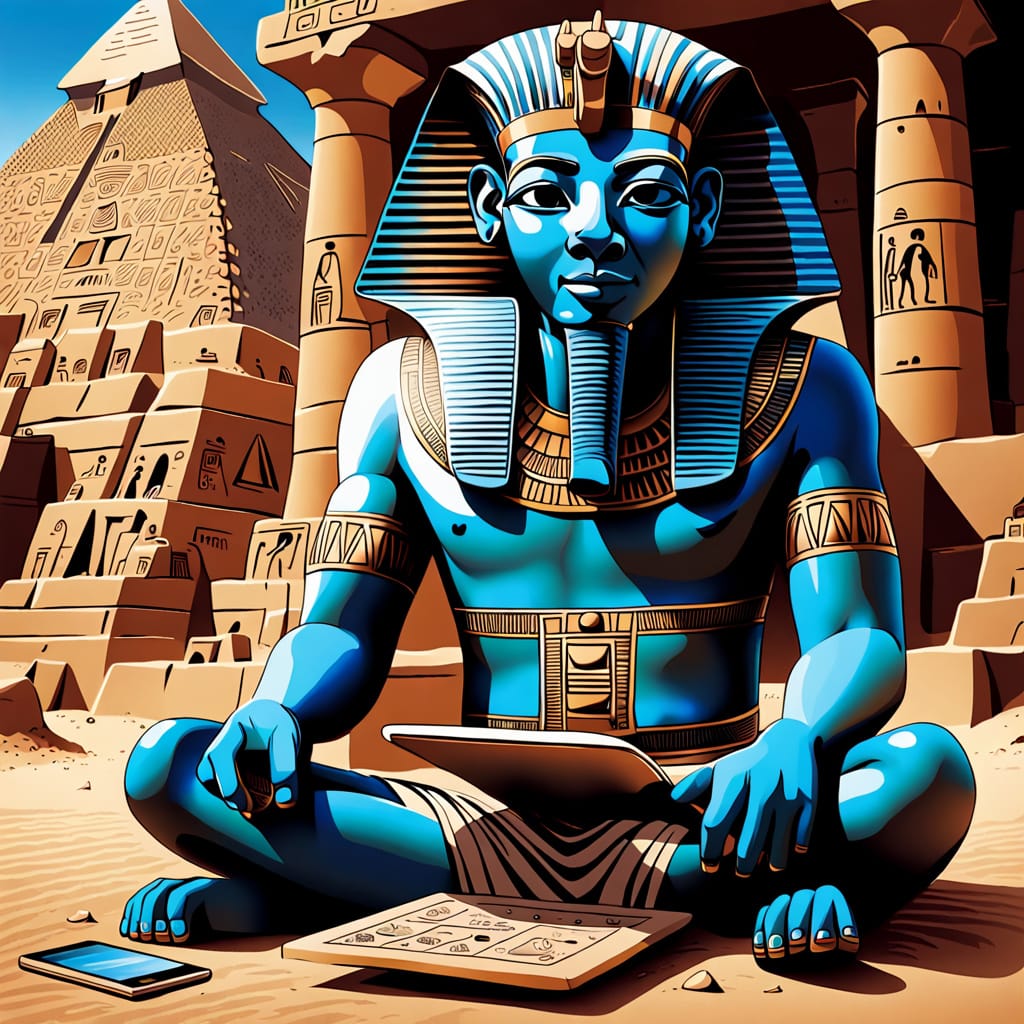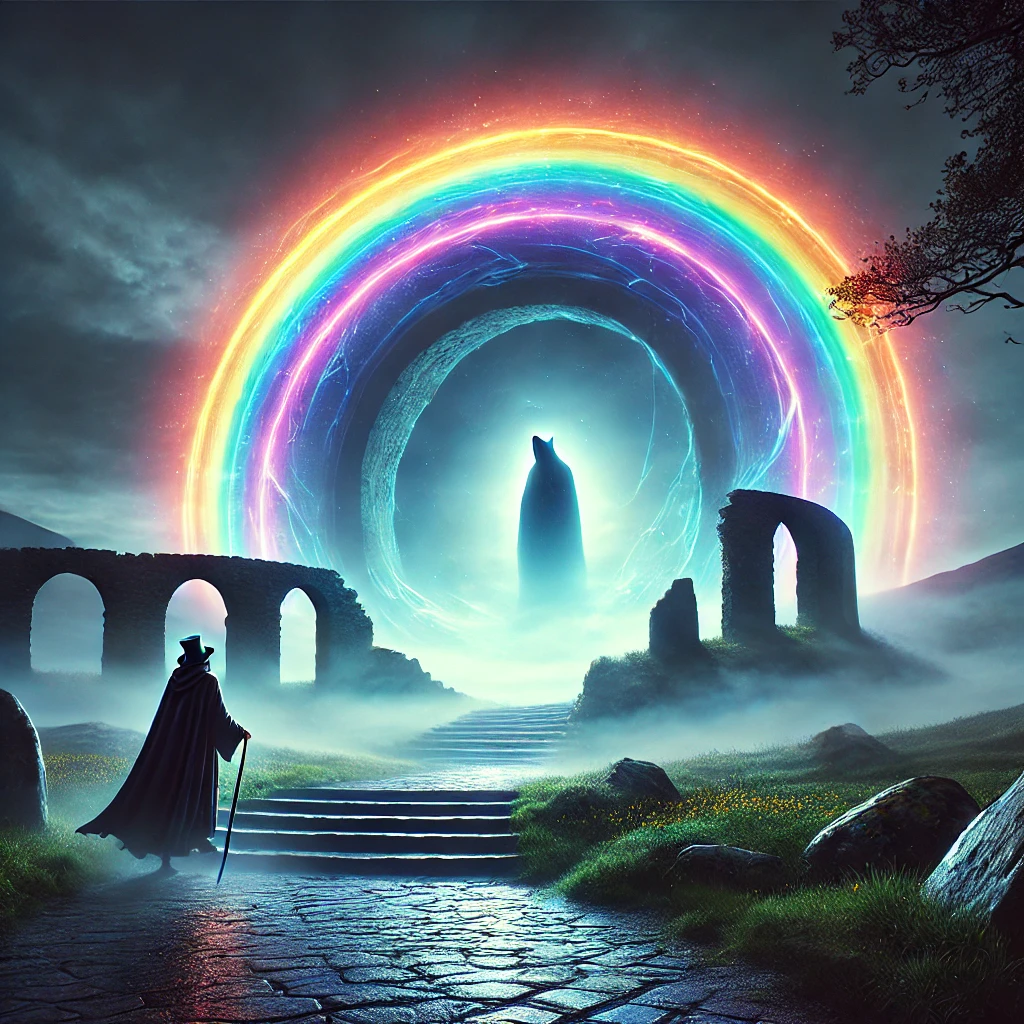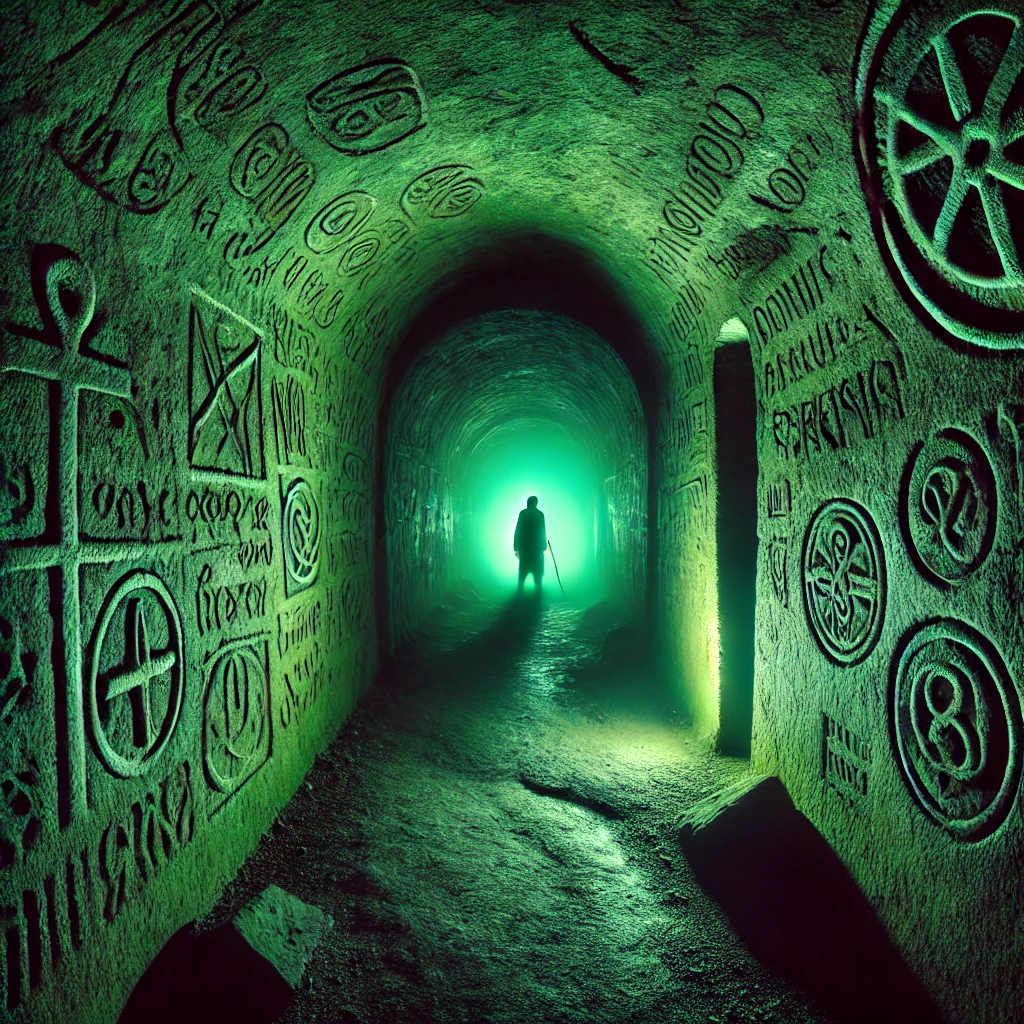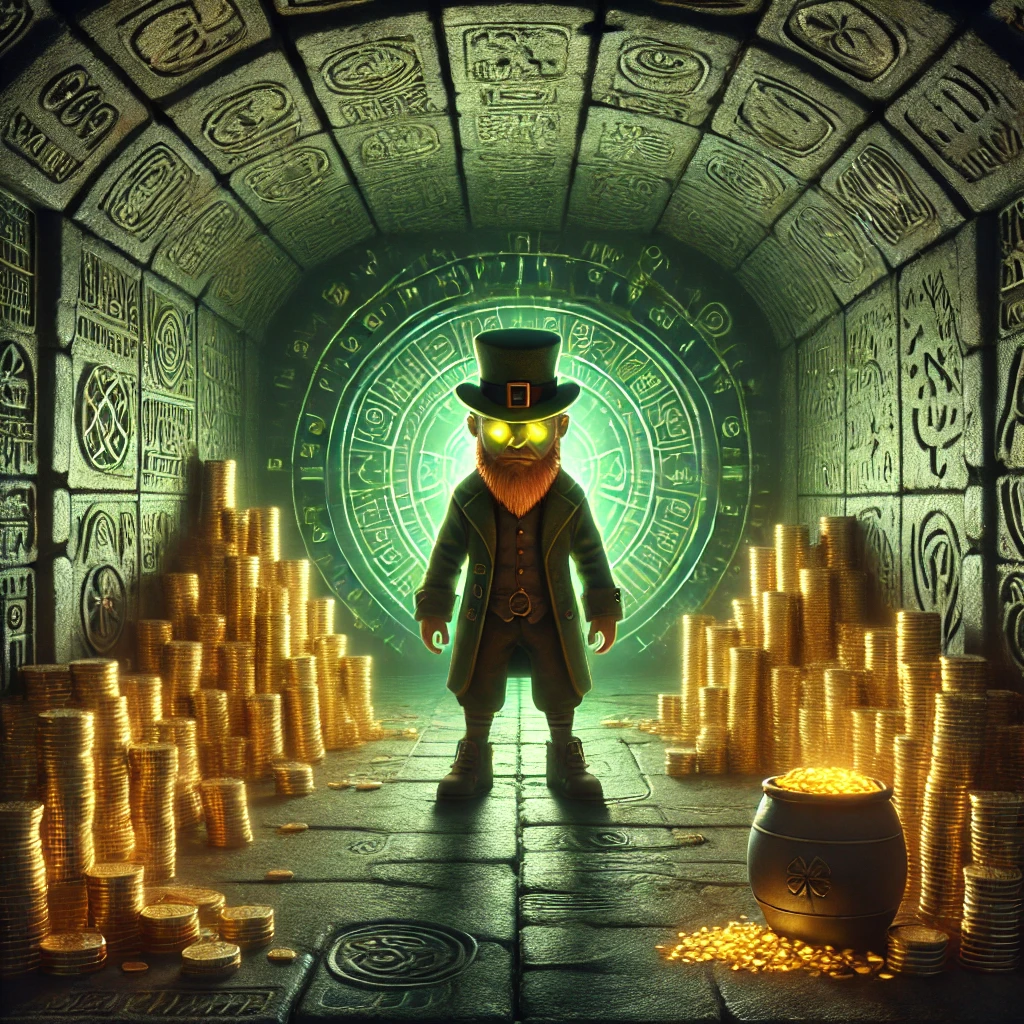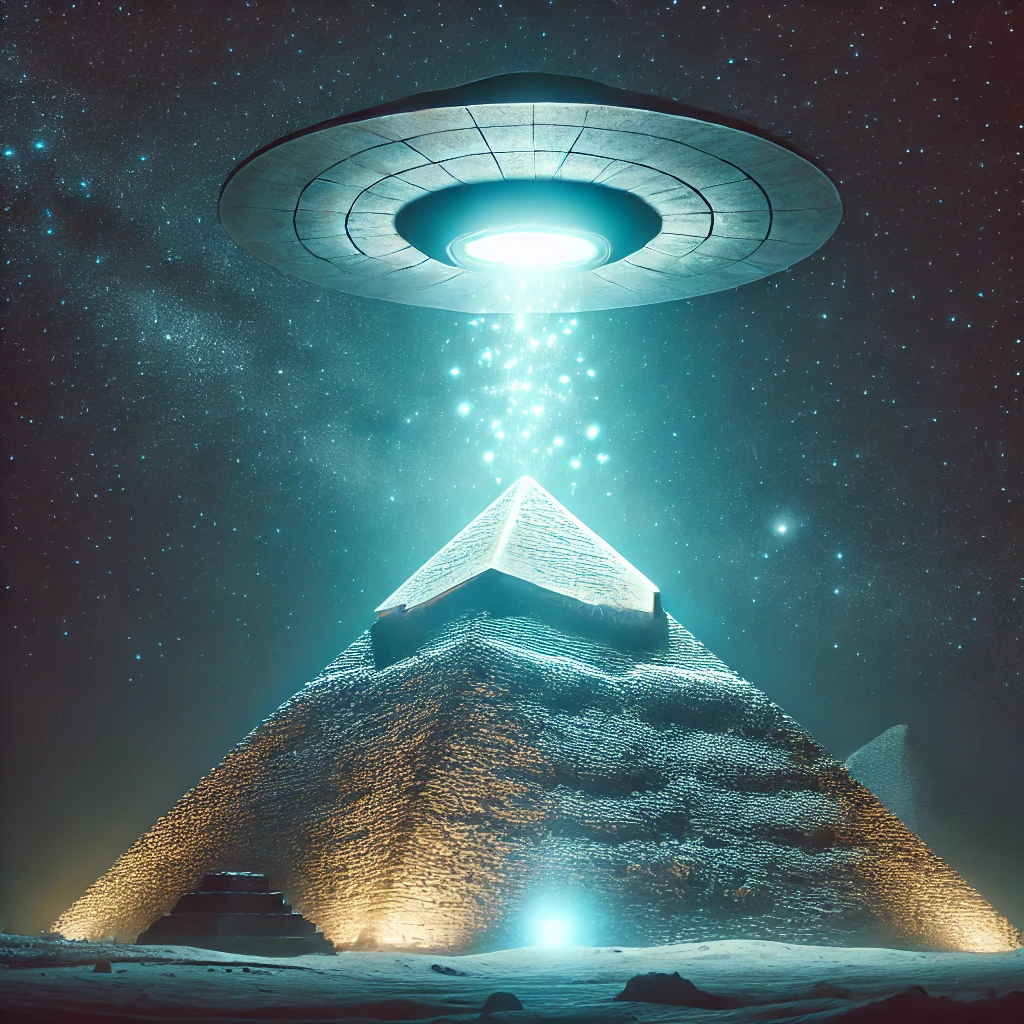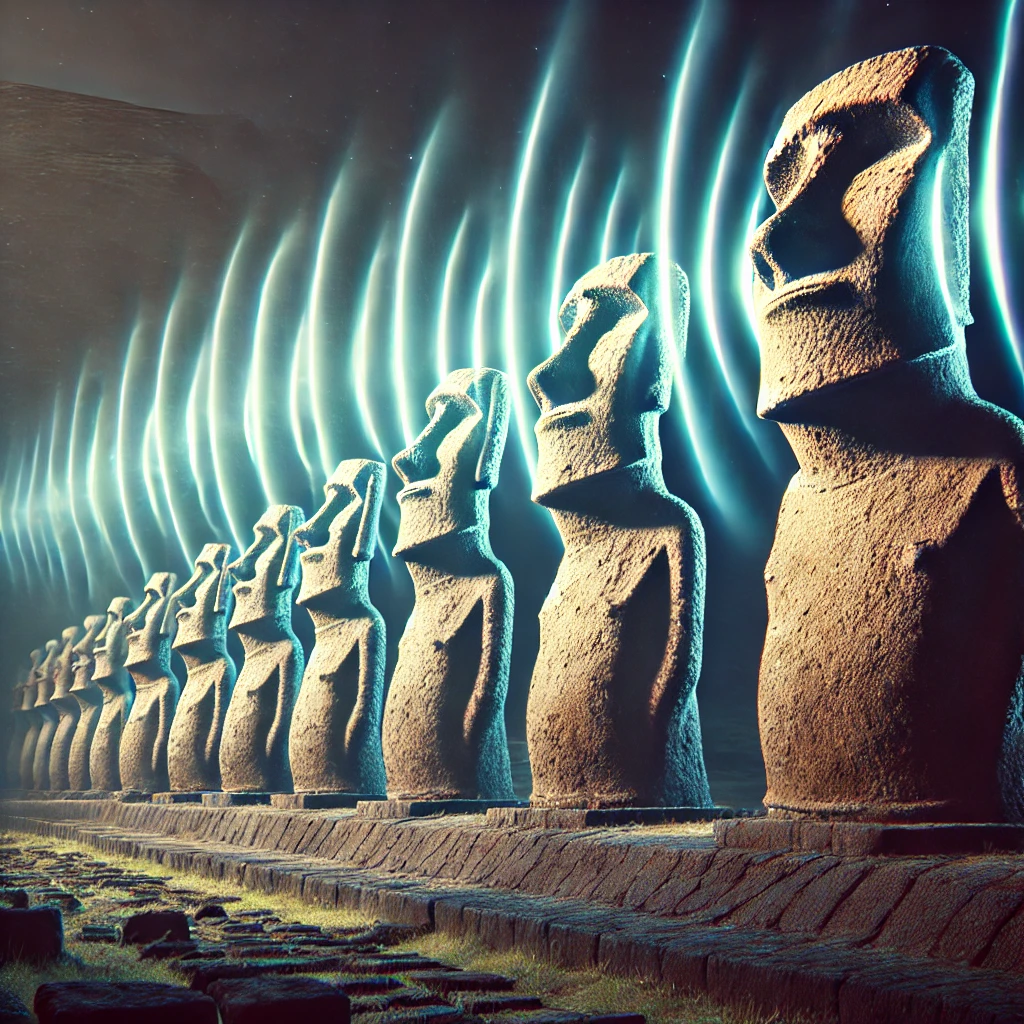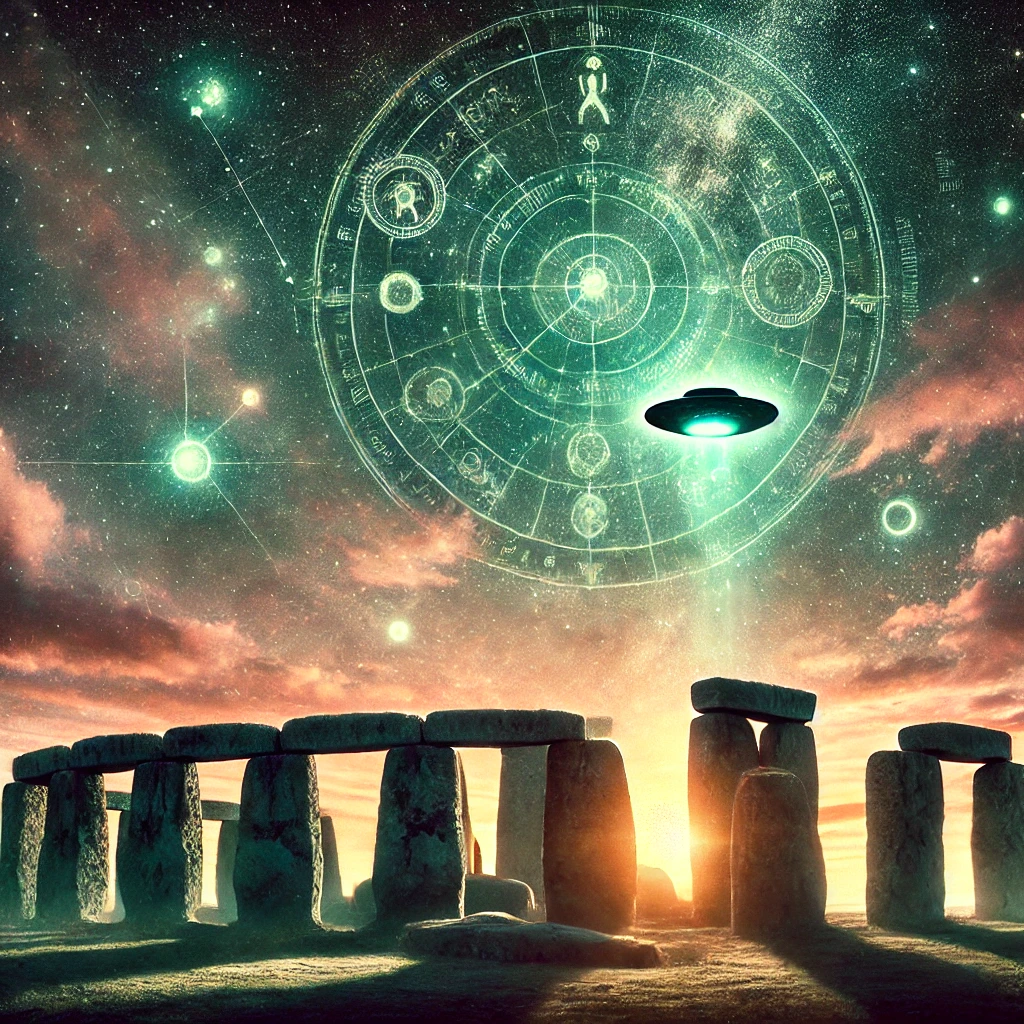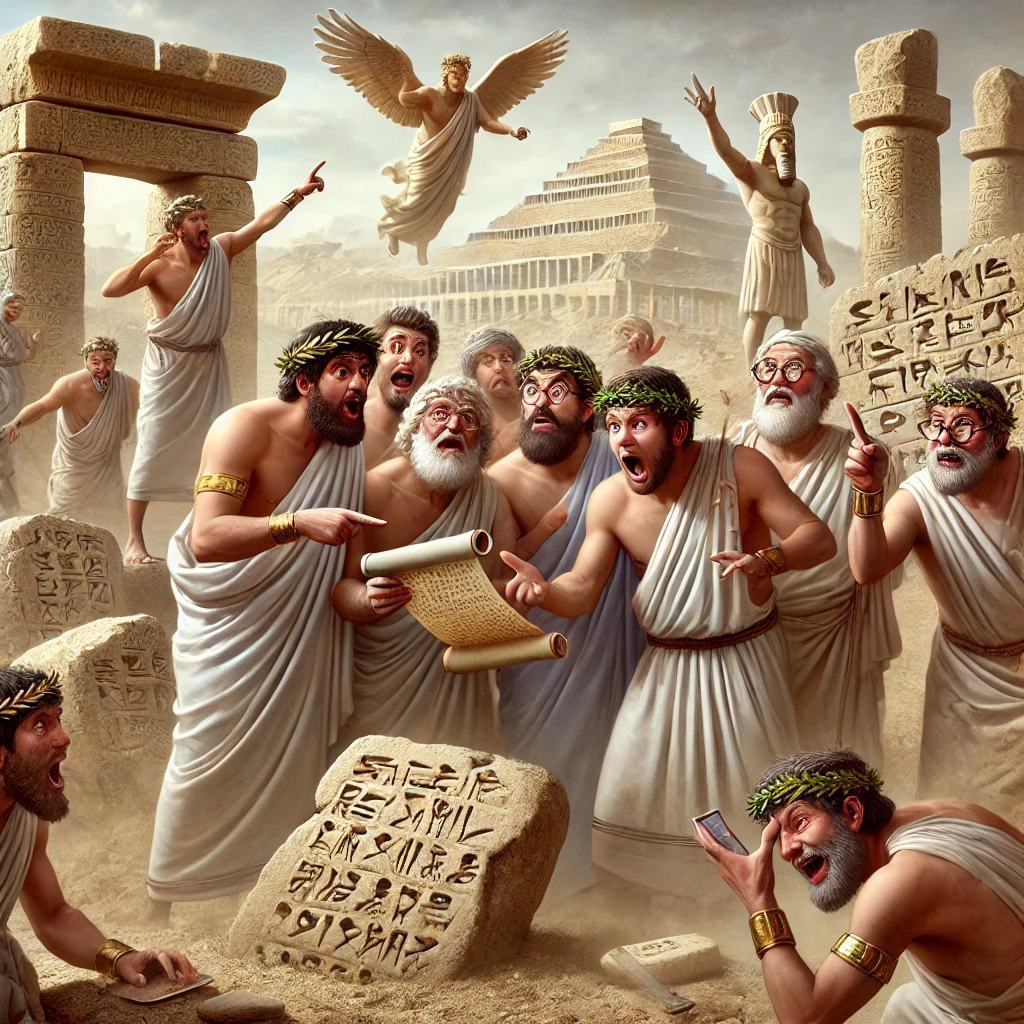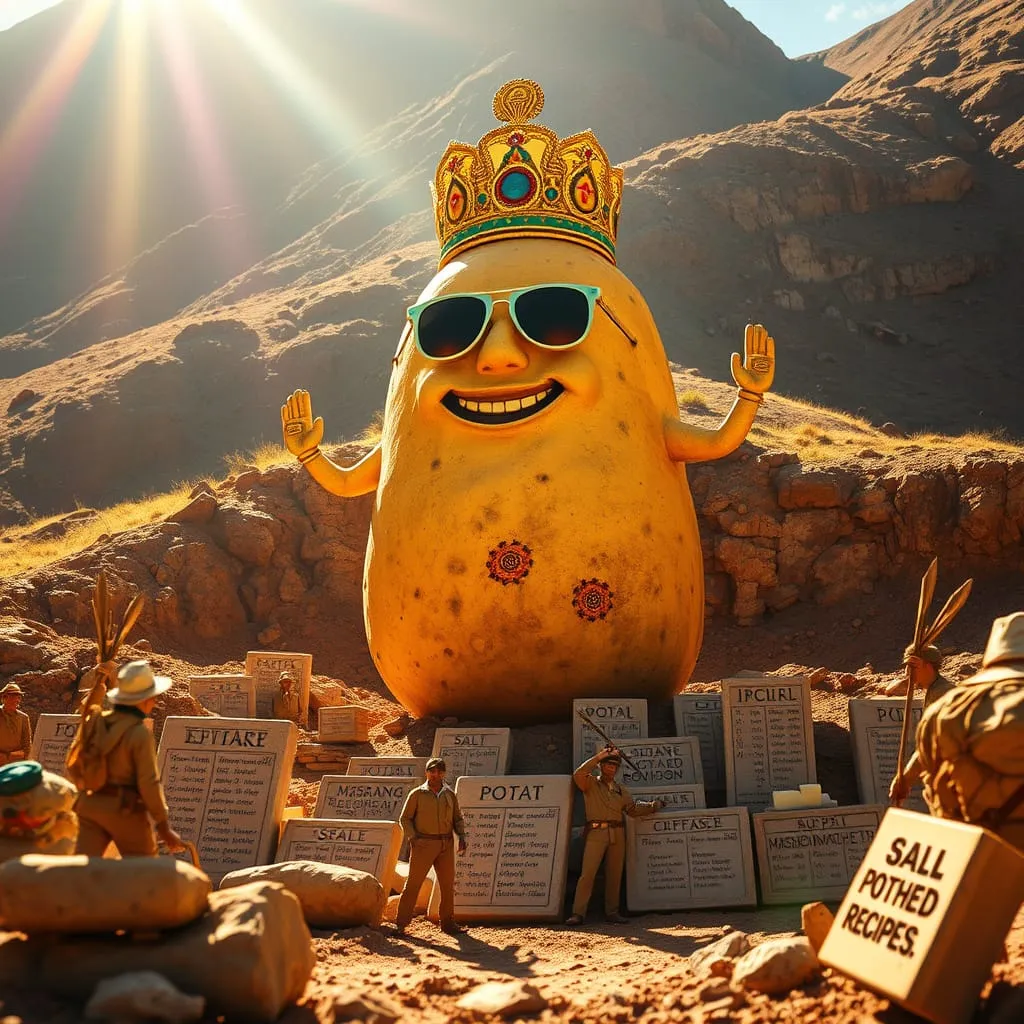In the shadowy forests and mist-covered mountains of western Japan lurks a cryptid known as the Hibagon, a mysterious creature often described as Japan’s answer to Bigfoot. For decades, sightings of this elusive ape-like beast have captivated imaginations, sparked cryptozoological investigations, and entrenched itself as a beloved figure in Japanese folklore.
Origins and Early Sightings
The Hibagon’s legend first emerged prominently in the 1970s within the forests surrounding Mount Hiba, located in Hiroshima Prefecture. Locals initially dismissed reports of an ape-like creature as superstition, but repeated encounters and compelling eyewitness testimonies soon thrust Hibagon into national prominence.
One of the earliest documented sightings occurred in July 1970, when a group of forestry workers reported encountering a strange, ape-like creature in dense mountain terrain. The workers described it as a powerful, bipedal being, standing around five feet tall, covered entirely in thick, dark-brown or black hair. The creature swiftly vanished into dense foliage, leaving behind a profound sense of unease.
Within months, reports multiplied exponentially. Villagers, hikers, and even police officers reported similar sightings, igniting intense local and media interest. By the early 1970s, the Hibagon had become a nationwide sensation, capturing widespread imagination.
Physical Descriptions and Behavior
Witness descriptions have remained strikingly consistent: the Hibagon is typically portrayed as a muscular, humanoid creature with ape-like characteristics. It stands upright on two legs, displaying human-like locomotion but distinctly simian features. Witnesses often emphasize its broad shoulders, powerful limbs, thick fur, and an expression simultaneously curious and wary.
Reported behavior varies. While Hibagon is typically described as elusive and shy, avoiding human contact, several notable reports portray it displaying curiosity toward people. Sightings frequently involve brief, silent encounters, often with the creature pausing momentarily to observe humans before disappearing silently into the wilderness.
Famous Incidents and Eyewitness Accounts
The most famous Hibagon incident occurred in December 1970 near the town of Saijo. A local truck driver reported that while driving along a mountain road at night, a strange creature suddenly appeared in his headlights. Stopping the truck, he watched in astonishment as the hairy, upright being calmly crossed the road, glancing briefly at the driver before vanishing into the forest. This sighting quickly gained media attention, propelling the Hibagon into broader Japanese folklore.
Throughout the early 1970s, Hiroshima police documented numerous credible eyewitness reports. Officers frequently noted the sincerity and genuine fright of witnesses, lending legitimacy to the accounts. Local newspapers chronicled each incident extensively, fueling public fascination and prompting researchers to investigate seriously.
Local Reactions and Cultural Impact
The Hibagon sightings had a profound cultural impact, particularly in Hiroshima Prefecture. Initially greeted with skepticism and humor, the creature soon became a beloved local symbol. Festivals and local events celebrated the Hibagon, often humorously but always with genuine affection. Today, the Hibagon is firmly embedded in local culture, featuring prominently in tourism campaigns and regional folklore.
The town of Saijo, located near Mount Hiba, actively embraces its connection to Hibagon. A statue commemorating the cryptid stands prominently in the town, drawing tourists eager to learn about this enigmatic figure. Local museums showcase historical accounts, photographs, newspaper clippings, and eyewitness sketches documenting decades of sightings.
Cryptozoological Investigations
Cryptozoologists remain deeply intrigued by the Hibagon phenomenon, especially given its parallels to other international cryptid legends like Sasquatch or Yeti. Numerous expeditions have explored the densely forested mountains of western Japan, attempting to gather evidence through eyewitness interviews, footprint analysis, and camera traps.
Despite extensive efforts, physical proof has remained elusive. Skeptics argue sightings could involve misidentifications of common animals native to Japan’s forests—perhaps the Japanese macaque or even bears seen briefly under poor visibility. However, advocates of Hibagon’s existence counter that many descriptions do not fit these explanations, particularly due to consistent reports of bipedal, upright locomotion.
Theories and Scientific Speculation
The Hibagon has inspired diverse theories among researchers and cryptozoologists. One popular hypothesis posits that Hibagon may represent a relic population of an undiscovered or thought-extinct primate species isolated in Japan’s mountainous forests. Proponents point to Japan’s historical isolation and unique biodiversity as factors that could support undiscovered animal populations.
Others speculate Hibagon sightings might involve escaped exotic animals, perhaps primates brought illegally to Japan and subsequently released. Yet, despite thorough inquiries, no records or credible evidence have emerged supporting this explanation.
Anthropologists propose that the Hibagon phenomenon might also reflect cultural memory or folklore adapted to modern contexts, symbolizing human fears of wilderness or representing Japan’s spiritual connection to nature and ancient forests.
Modern Sightings and Continued Interest
Though sightings peaked in the 1970s, Hibagon reports have periodically resurfaced. As recently as the early 2000s, hikers and outdoor enthusiasts reported brief encounters, keeping interest in the cryptid alive. These accounts continue to draw researchers and enthusiasts, sustaining Hibagon’s cultural relevance in contemporary Japan.
In recent years, cryptid enthusiasts have utilized advanced technology, including drone surveillance, night-vision cameras, and environmental DNA sampling, attempting to finally capture evidence of Hibagon’s presence. Although these modern expeditions have yet to provide definitive proof, they underscore the cryptid’s enduring fascination and importance within cryptozoological study.
Symbolism and Cultural Relevance
Beyond literal existence, Hibagon holds significant cultural meaning within Japan, symbolizing nature’s mystery, isolation, and humanity’s relationship to the wilderness. The cryptid embodies a deep respect for Japan’s natural environment, highlighting the delicate balance between civilization and untamed forests.
Artists, authors, and filmmakers frequently draw on Hibagon’s legend, incorporating it into literature, manga, anime, and documentaries. This cultural prominence has elevated the Hibagon into a cherished cultural figure, representing both local pride and universal curiosity about the unknown.
An Enduring Japanese Mystery
Whether real, symbolic, or a fascinating mixture of both, the Hibagon remains one of Japan’s most beloved cryptids. Its legend continues to captivate imaginations worldwide, drawing tourists, inspiring explorers, and prompting deeper reflections on humanity’s enduring fascination with nature’s hidden wonders.
